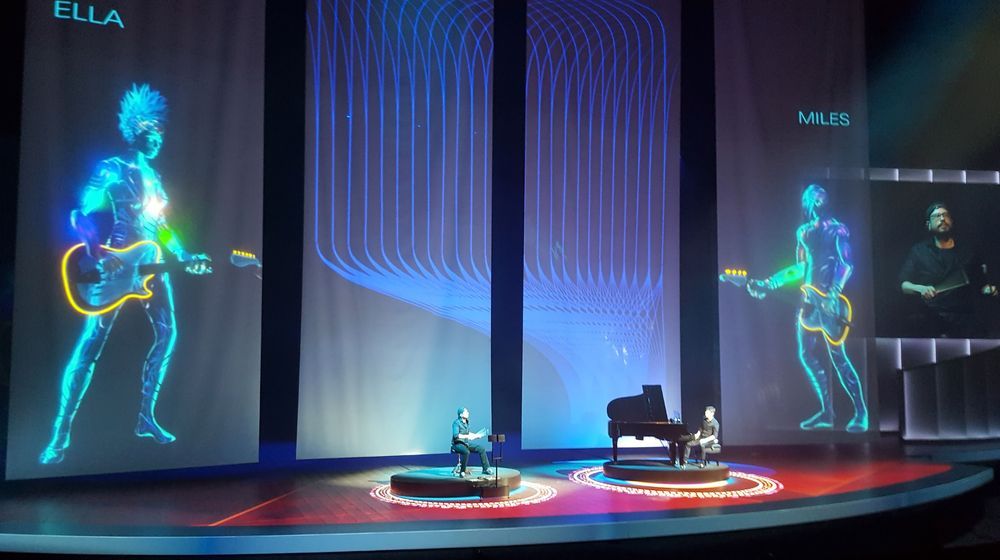TLDR: Scroll down to Conclusions.
Elon Musk has recently unveiled his company’s first Neuralink device implanted in an experimental animal — a pig.
To briefly describe the device for those without much technical knowledge, it is an invasive technology based on the concept of a neural lace, which is a mesh of perhaps hundreds of wires laced throughout the brain albeit with concentration of connections in certain areas. These either sample neural patterns or modify them. Needless to say, even the minor technical challenges are massive. For example, it involves brain surgery. Then we have bio-compatibility problems as typically implanted electrodes tend to cause the tissues around them to die back. Finally, actually transferring massive amounts of data through the skull to and from an implanted and (presumably) powered computer. Elon Musk may well be able to solve these problems since they are not new technical challenges and a considerable amount of work has already been done in this area. Even automating the brain surgery may well be feasible using robotics.




